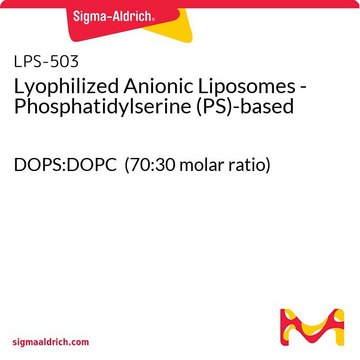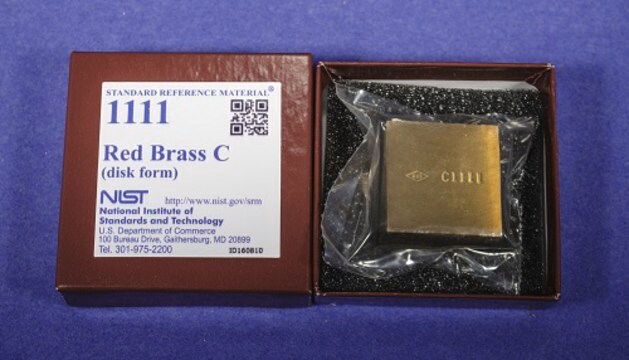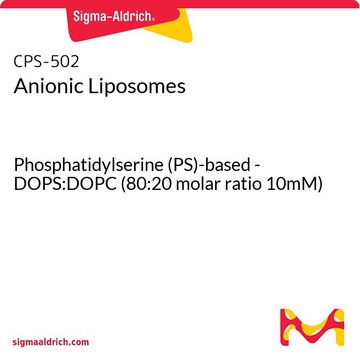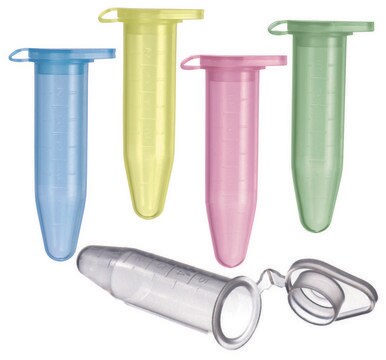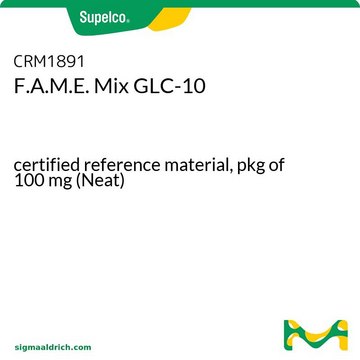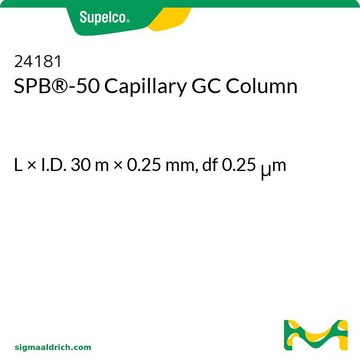MABF733
Anti-KLRG1 Antibody (mouse), APC, clone 2F1
clone 2F1, 0.2 mg/mL, from hamster(Syrian)
Synonym(s):
Killer cell lectin-like receptor subfamily G member 1, Mast cell function-associated antigen 2F1
About This Item
Recommended Products
biological source
hamster (Syrian)
Quality Level
conjugate
Allophycocyanin conjugate
antibody form
purified antibody
antibody product type
primary antibodies
clone
2F1, monoclonal
species reactivity
mouse
packaging
antibody small pack of 25 μg
concentration
0.2 mg/mL
technique(s)
flow cytometry: suitable
immunoprecipitation (IP): suitable
isotype
IgG
UniProt accession no.
shipped in
wet ice
target post-translational modification
unmodified
Gene Information
mouse ... Klrg1(50928)
Related Categories
General description
Immunogen
Application
Inflammation & Immunology
Quality
Flow Cytometry Analysis: 0.06 μg of this antibody detected KLRG1 in one million C57Bl/6 splenocytes.
Physical form
Storage and Stability
Disclaimer
Not finding the right product?
Try our Product Selector Tool.
Storage Class Code
12 - Non Combustible Liquids
WGK
nwg
Regulatory Listings
Regulatory Listings are mainly provided for chemical products. Only limited information can be provided here for non-chemical products. No entry means none of the components are listed. It is the user’s obligation to ensure the safe and legal use of the product.
JAN Code
MABF733:
Certificates of Analysis (COA)
Search for Certificates of Analysis (COA) by entering the products Lot/Batch Number. Lot and Batch Numbers can be found on a product’s label following the words ‘Lot’ or ‘Batch’.
Already Own This Product?
Find documentation for the products that you have recently purchased in the Document Library.
Our team of scientists has experience in all areas of research including Life Science, Material Science, Chemical Synthesis, Chromatography, Analytical and many others.
Contact Technical Service